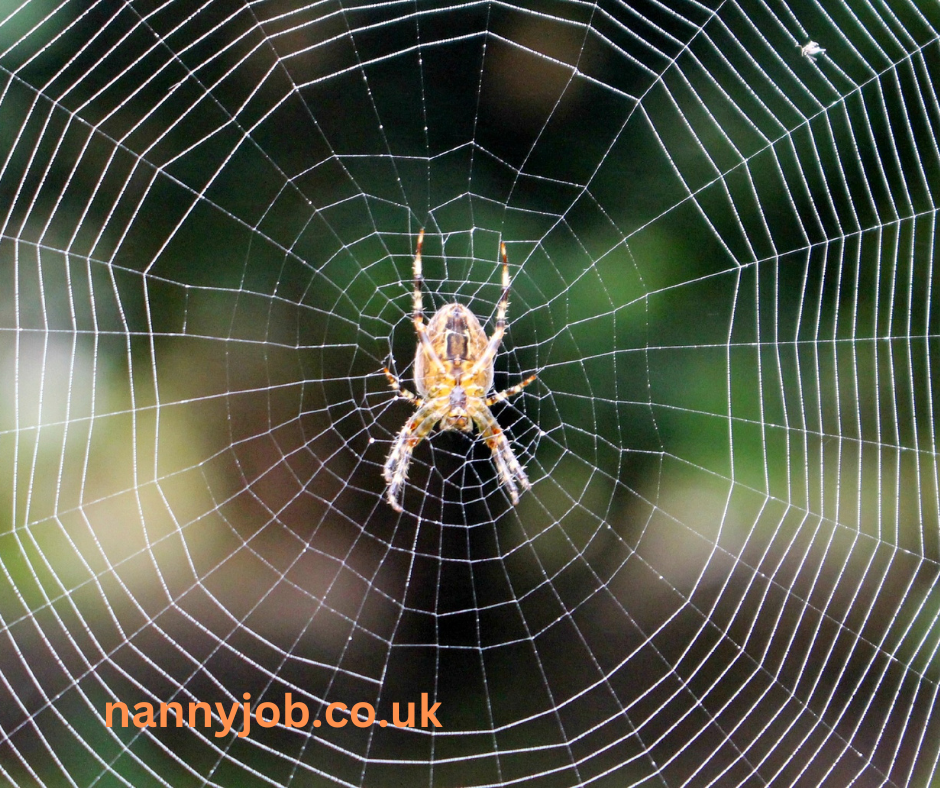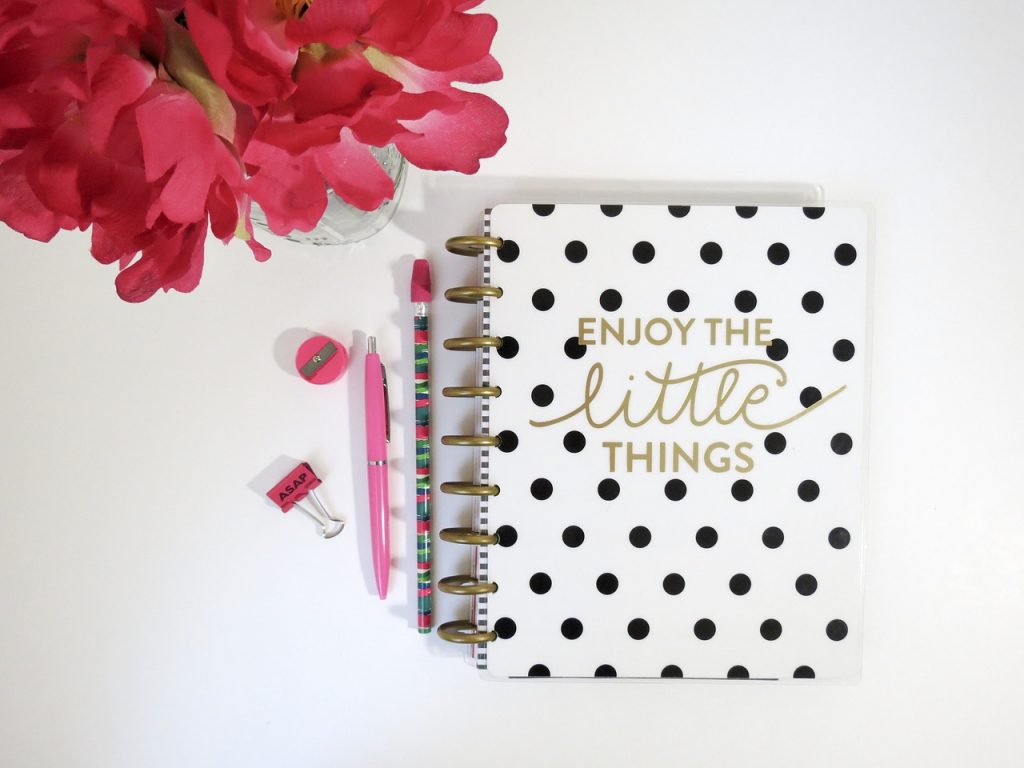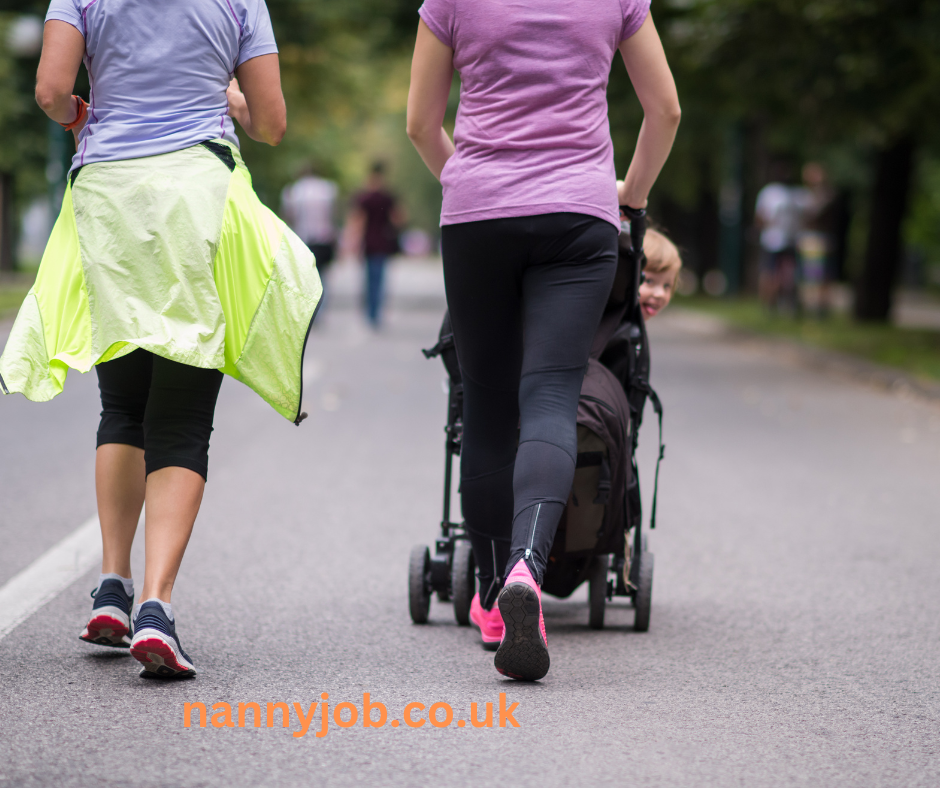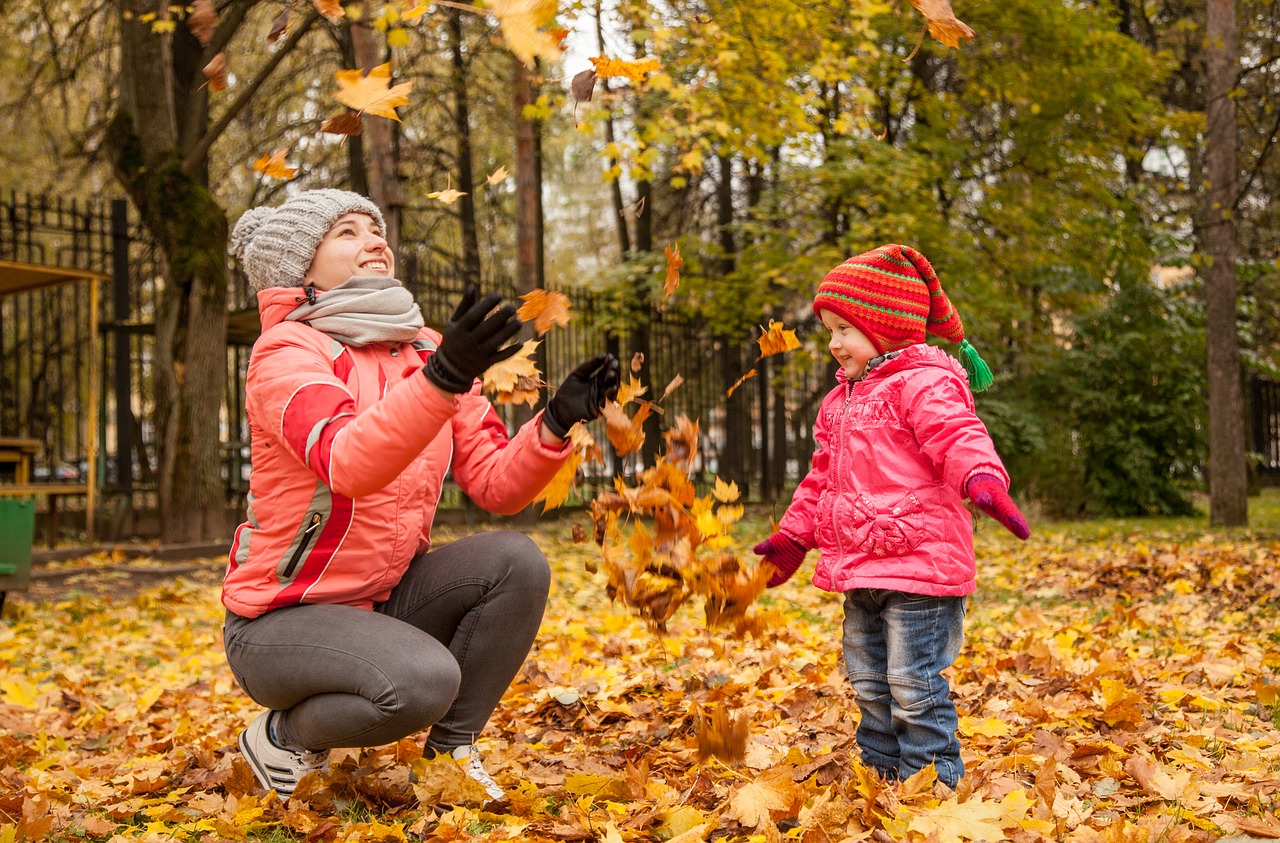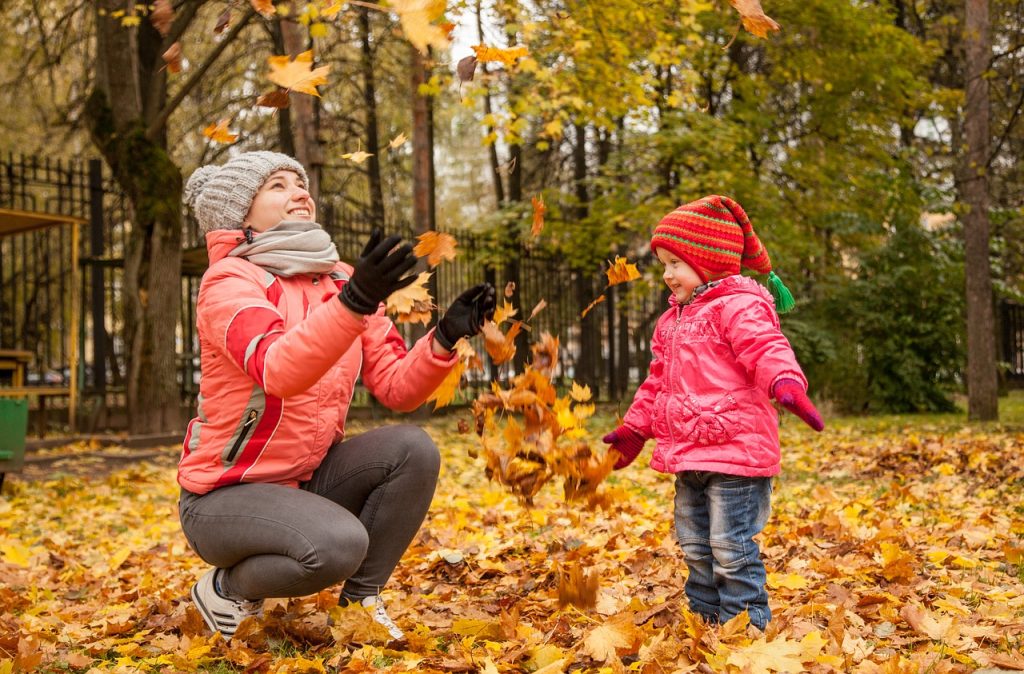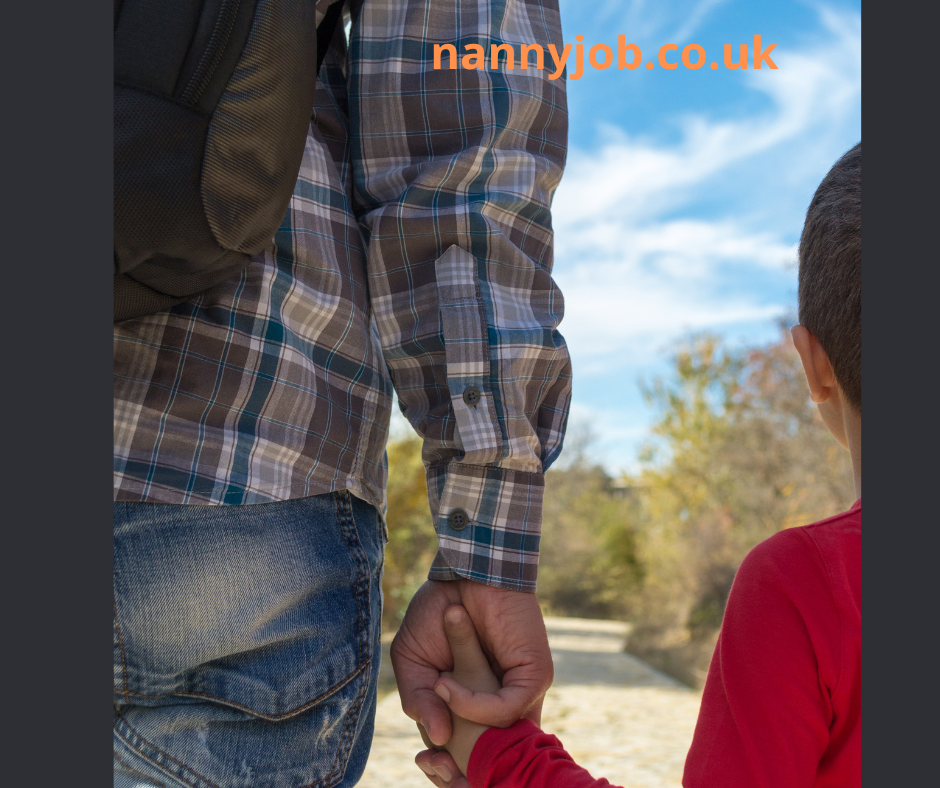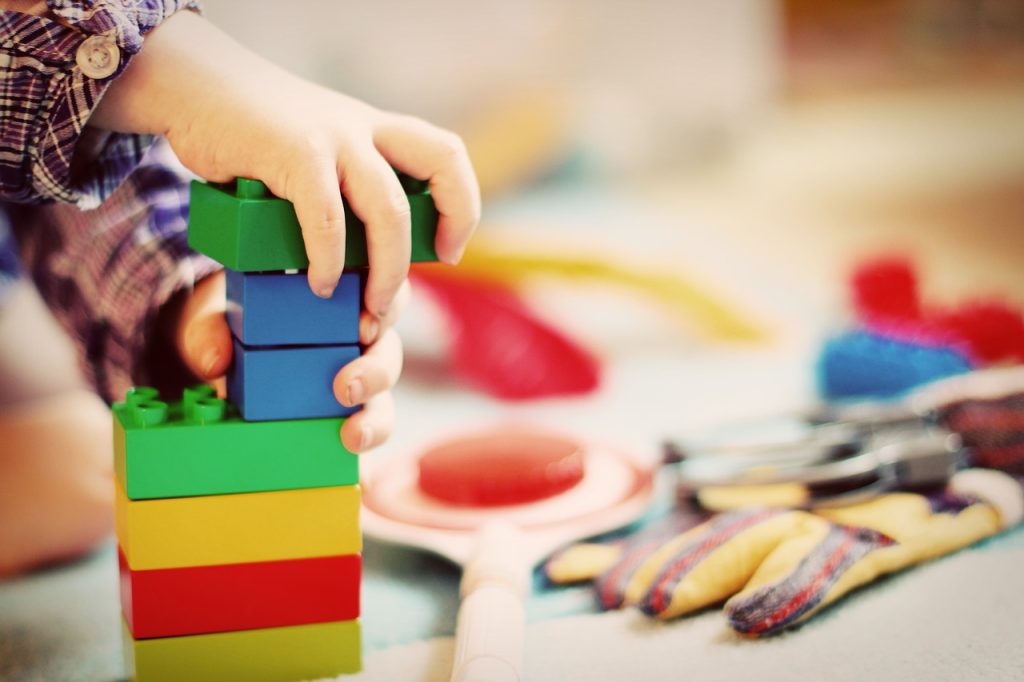Hands up if you love nursery rhymes? Then World Nursery Rhyme Week, 10th-14th November 2014, is made for you. Sadly 1 in 4 adults in the UK can’t remember a single, whole nursery rhyme, which means lots of children are missing out on fun.
Nursery rhymes are important for children’s development in lots of different ways. Reciting nursery rhymes helps develop memory and cognitive skills, sequencing events, speech and language, and an understanding of the world. The rhythm of speech patterns used in nursery rhymes is ideal for helping children pick up the number of syllables in each word, and words often important sounds and identify those that rhyme.
Many nursery rhymes help with mathematical development because they involve counting forwards (‘one, two, three, four, five once I caught a fish alive) and backwards (ten green bottles….nine green bottles…eight green bottles…) and stretch children’s imagination.
You can use nursery rhymes in many different ways, not just singing! Encourage children to clap along either to the beat or to the rhythm of the syllables, make up actions, paint or do crafts using images and ideas from the rhymes, create a bag or box of props to illustrate rhymes, get finger puppets…the possibilities are endless.
The 5 rhymes for World Nursery Rhyme Week 2022 are:
Oranges and Lemons
Old King Cole
Five Currant Buns
Hey Diddle Diddle
I hear Thunder
What will you do?


 With the cost of living on the increase and many of us watching the pennies (and pounds!) you might decide to recreate some of the fun at home with sparklers or by building a small bonfire with older children, maybe even doing some campfire cooking. The most important thing to keep in mind is that fire, and fireworks, are dangerous.
With the cost of living on the increase and many of us watching the pennies (and pounds!) you might decide to recreate some of the fun at home with sparklers or by building a small bonfire with older children, maybe even doing some campfire cooking. The most important thing to keep in mind is that fire, and fireworks, are dangerous.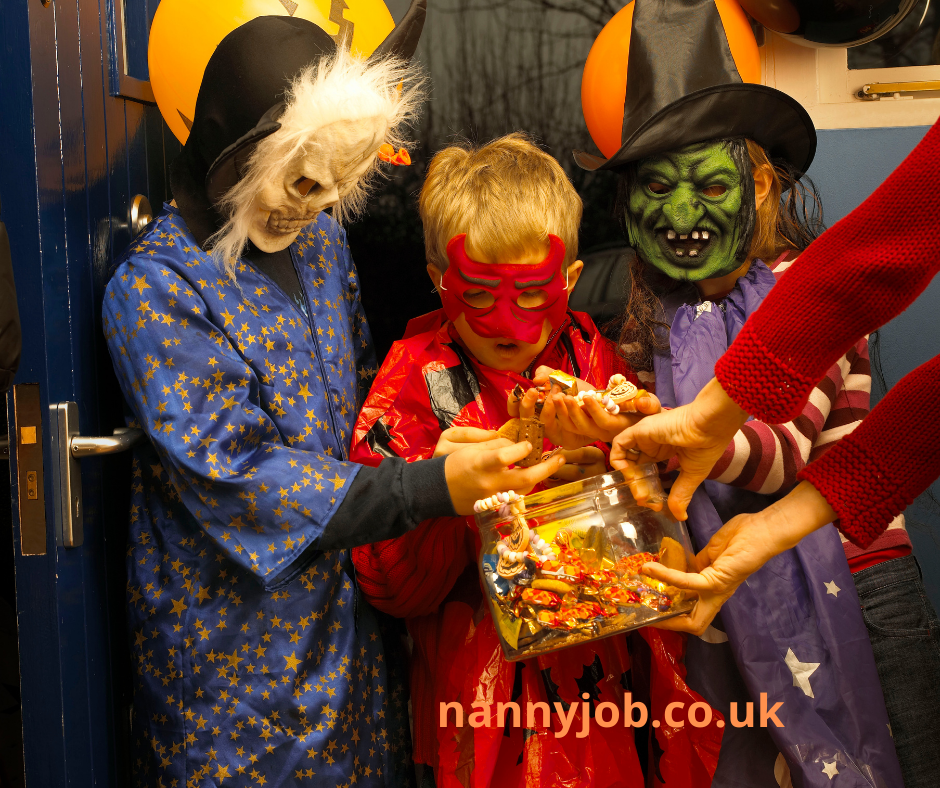
 Whether you agree with Halloween or not it’s become a fixture in the calendar. A time for dressing up, a time for scary stories and a time to go out and beg the neighbours for sweets – also known as trick-or-treating – and a few additional risks.
Whether you agree with Halloween or not it’s become a fixture in the calendar. A time for dressing up, a time for scary stories and a time to go out and beg the neighbours for sweets – also known as trick-or-treating – and a few additional risks.